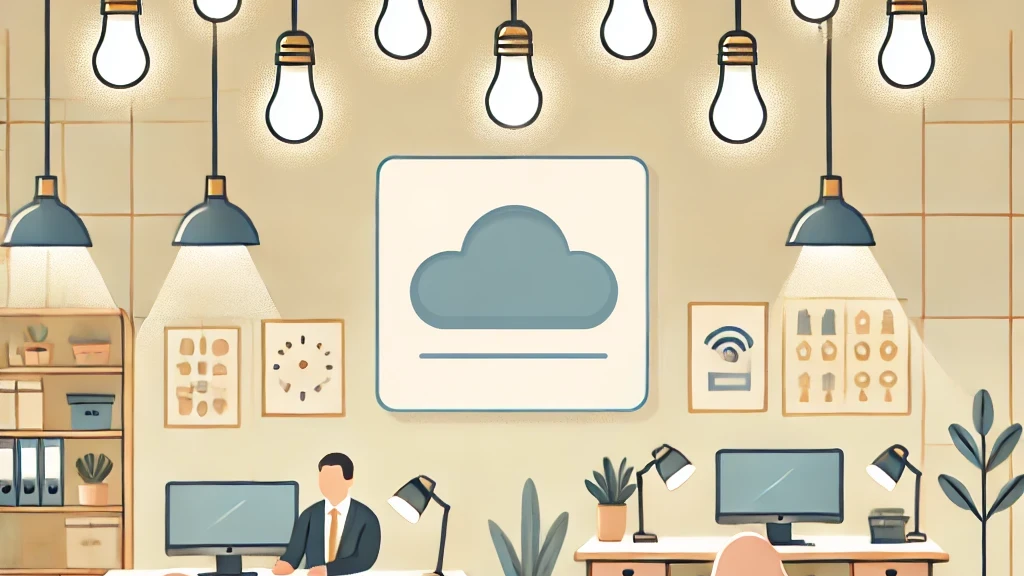Smart lighting systems are a brilliant addition to modern buildings. They’re energy-efficient, impress tenants with convenience, and give your property a cutting-edge feel. But with all that brilliance comes the responsibility to keep them secure. Cybersecurity might sound like a tech-heavy topic, but don’t worry—you don’t need to be an expert. Here’s a simple guide to help you have the right conversations with your provider and make sure your smart lighting system is protected.
Let’s break it down into what your provider should implement, why it matters, and how they can do it. At the end of each point, we’ve added a “Simply Put” section to make it crystal clear.
1. Network Segmentation
What to Ask Your Provider:
- Is the smart lighting system on its own separate network?
Why It Matters: If the lighting system is on the same network as other building systems or tenant Wi-Fi, a hacker could use it as a gateway to access more sensitive areas. Keeping the lighting system on its own network means that even if someone tries to break in, they’ll be stuck in a dead end.
How They Should Do It: Your provider should create a dedicated network for the smart lighting system, separate from other systems. They can use tools like firewalls or VLANs (think of these as virtual fences).
Simply Put: Keep the lights on their own road. Imagine your lighting system as a private lane where no one else can drive. If it’s separate, even if someone sneaks onto the road, they can’t get to the rest of your building.
2. Encryption of Communications
What to Ask Your Provider:
- Are all communications between the lights, the system, and the cloud encrypted?
Why It Matters: Encryption is like sealing an envelope. It keeps the information exchanged between your lights and the system private, so no one can snoop or tamper with it. Without encryption, someone could eavesdrop or even take control.
How They Should Do It: Your provider should use strong encryption standards like TLS (think of this as a digital padlock).
Simply Put: Lock up the conversations. Just like you wouldn’t send personal letters in an open envelope, you don’t want your lighting system’s messages out in the open for anyone to read.
3. Strong Authentication
What to Ask Your Provider:
- Does the system require strong passwords and multi-factor authentication (MFA)?
Why It Matters: Weak passwords or default settings are like leaving your front door unlocked. Anyone can walk in. Strong authentication makes sure only authorized people can access the system.
How They Should Do It: Your provider should enforce unique, complex passwords and add an extra layer of protection, like a code sent to your phone (MFA).
Simply Put: Double-check who’s at the door. Strong passwords and a second step (like a phone code) mean only the right people can access your system.
4. Regular Firmware Updates
What to Ask Your Provider:
- How often are firmware updates applied? Are they automatic?
Why It Matters: Technology evolves, and so do the tricks hackers use. Updates fix known problems and keep your system ahead of potential threats.
How They Should Do It: Automatic updates are ideal, but if not, your provider should ensure a regular schedule for updates and notify you when they happen.
Simply Put: Keep the system fresh. Just like updating your phone or apps, keeping your lighting system up-to-date means it’s equipped to handle the latest challenges.
5. Disable Unused Features
What to Ask Your Provider:
- Are all unnecessary features turned off?
Why It Matters: Every feature left on is another door for hackers to try. Disabling unused features reduces the number of ways someone could break in.
How They Should Do It: Your provider should review the system settings and turn off anything that isn’t actively needed.
Simply Put: Shut the extra doors. Imagine locking all the doors and windows in a house you’re not using. Fewer entry points mean fewer risks.
6. Device and Vendor Security
What to Ask Your Provider:
- Are the devices and software compliant with security standards?
Why It Matters: If your provider uses cheap or poorly made devices, they might come with built-in weaknesses. Choosing high-quality, secure equipment is essential.
How They Should Do It: Ensure the devices follow recognized security standards, like ETSI EN 303 645, and have features like secure boot and encrypted storage.
Simply Put: Pick trustworthy tools. Just like you’d choose a reliable brand for locks, your lighting system should use devices designed with security in mind.
7. Monitoring and Anomaly Detection
What to Ask Your Provider:
- Is there a system to monitor activity and detect unusual behavior?
Why It Matters: Keeping an eye on the system helps catch problems early. If something unusual happens, like lights behaving strangely, it could be a sign of tampering.
How They Should Do It: Set up alerts for unexpected activity and regularly check system logs.
Simply Put: Keep an eye out. It’s like having a security camera watching your lighting system. If something seems off, you’ll know about it right away.
8. Incident Response Plan
What to Ask Your Provider:
- Do you have a plan for handling cybersecurity incidents?
Why It Matters: Even the best systems can face challenges. Knowing how to respond quickly minimizes damage and gets everything back on track.
How They Should Do It: Create a step-by-step plan for identifying, containing, and resolving issues. Test it regularly to make sure it works.
Simply Put: Have a plan. If something goes wrong, it’s like having a fire drill—everyone knows what to do to stay safe and fix the problem quickly.
Final thought: Empower Yourself with Knowledge, or Engage with an Expert in These Areas
Your smart lighting system provider should handle most of the technical details, but by understanding these best practices, you can ask the right questions and ensure your system is secure.
The thing you will find that the responsibility for these areas are split between you internet service provider, internal IT network management/ security and smart system provider, therefore some of these your smart system provider may push back on some of these questions. Therefore, it is important you have an expert on your side.
So this is the part where it ties back to interAll and how we can help. We are here for advice and support of any building operator. Plus, our interConnect solution takes care of the ISP and IT Network Security elements, and we will work with your smart building provider to make sure everything above is covered for you. Giving you one less thing to worry about, so you can focus on what helps you and more importantly, your clients grow and thrive.
Think of it as taking charge of your property’s safety, one smart decision at a time.











